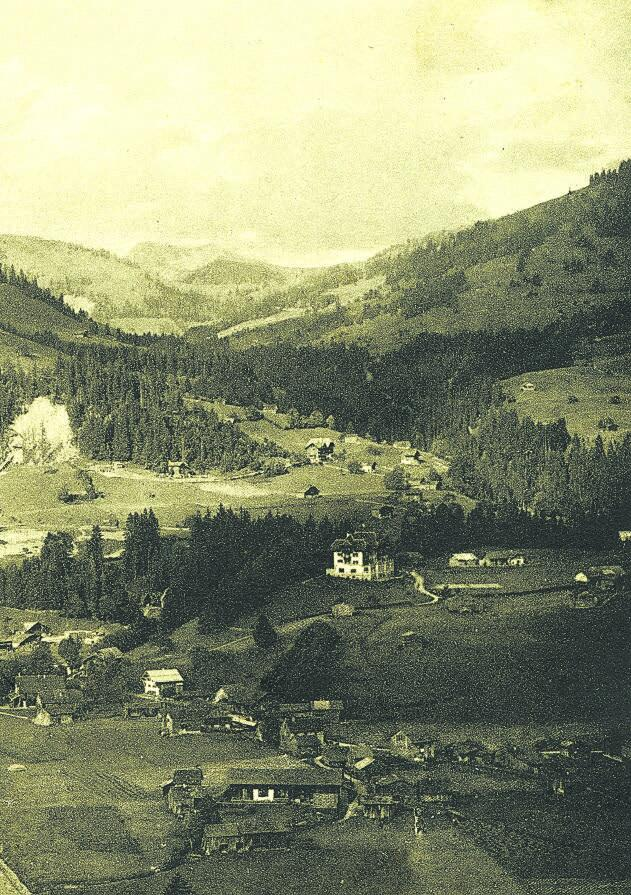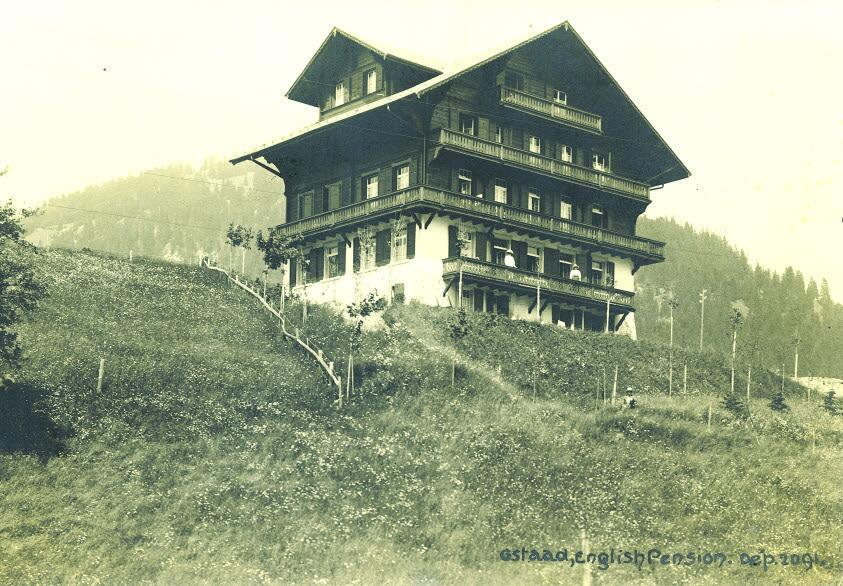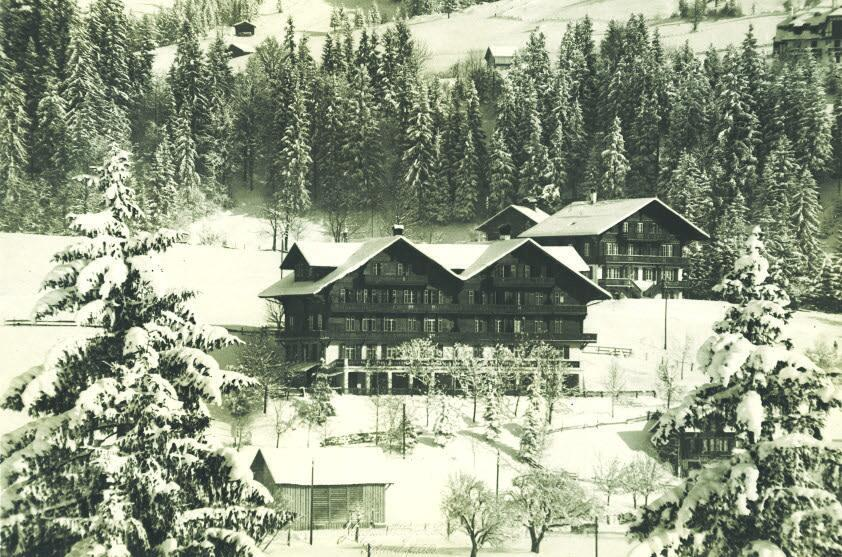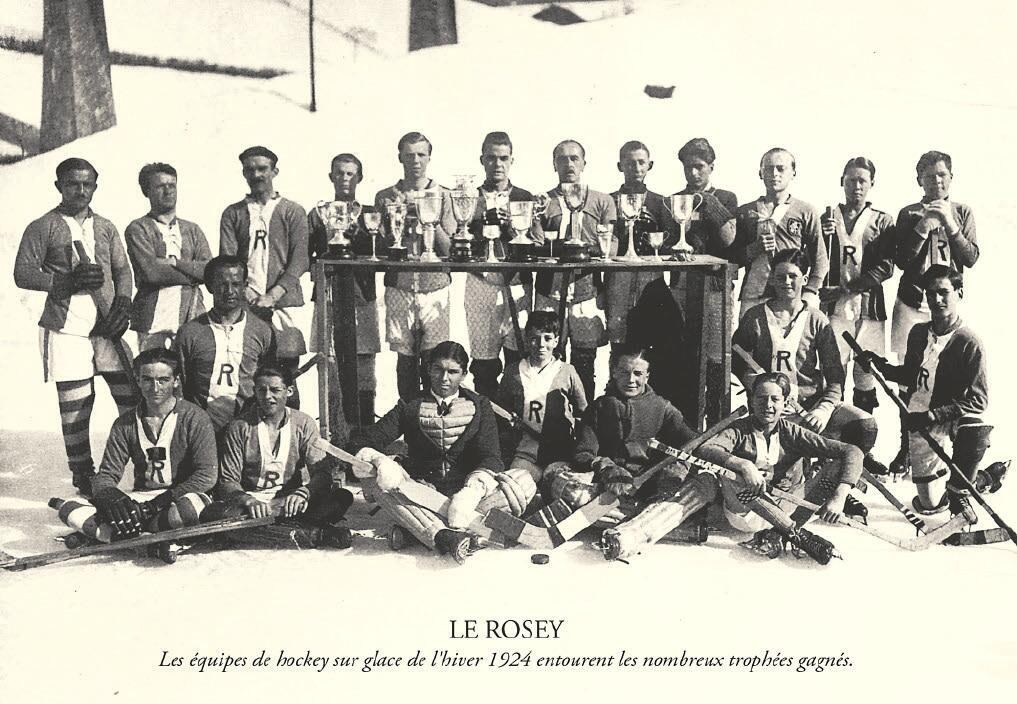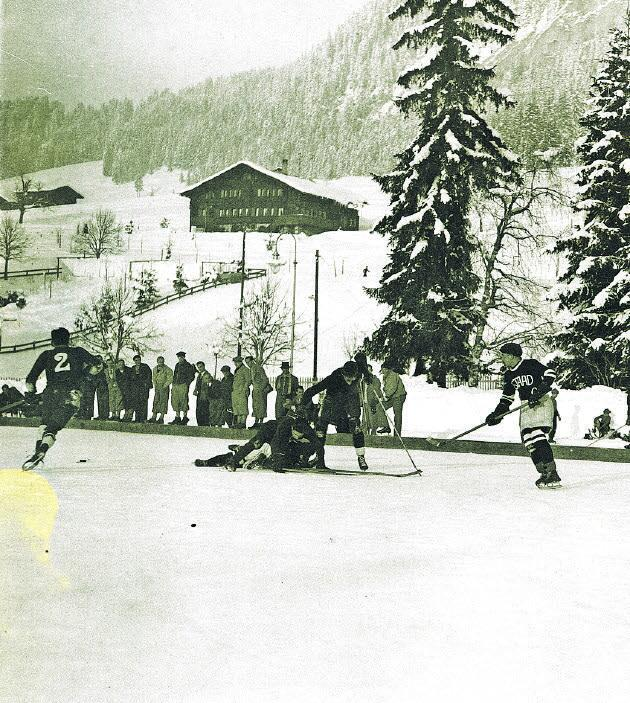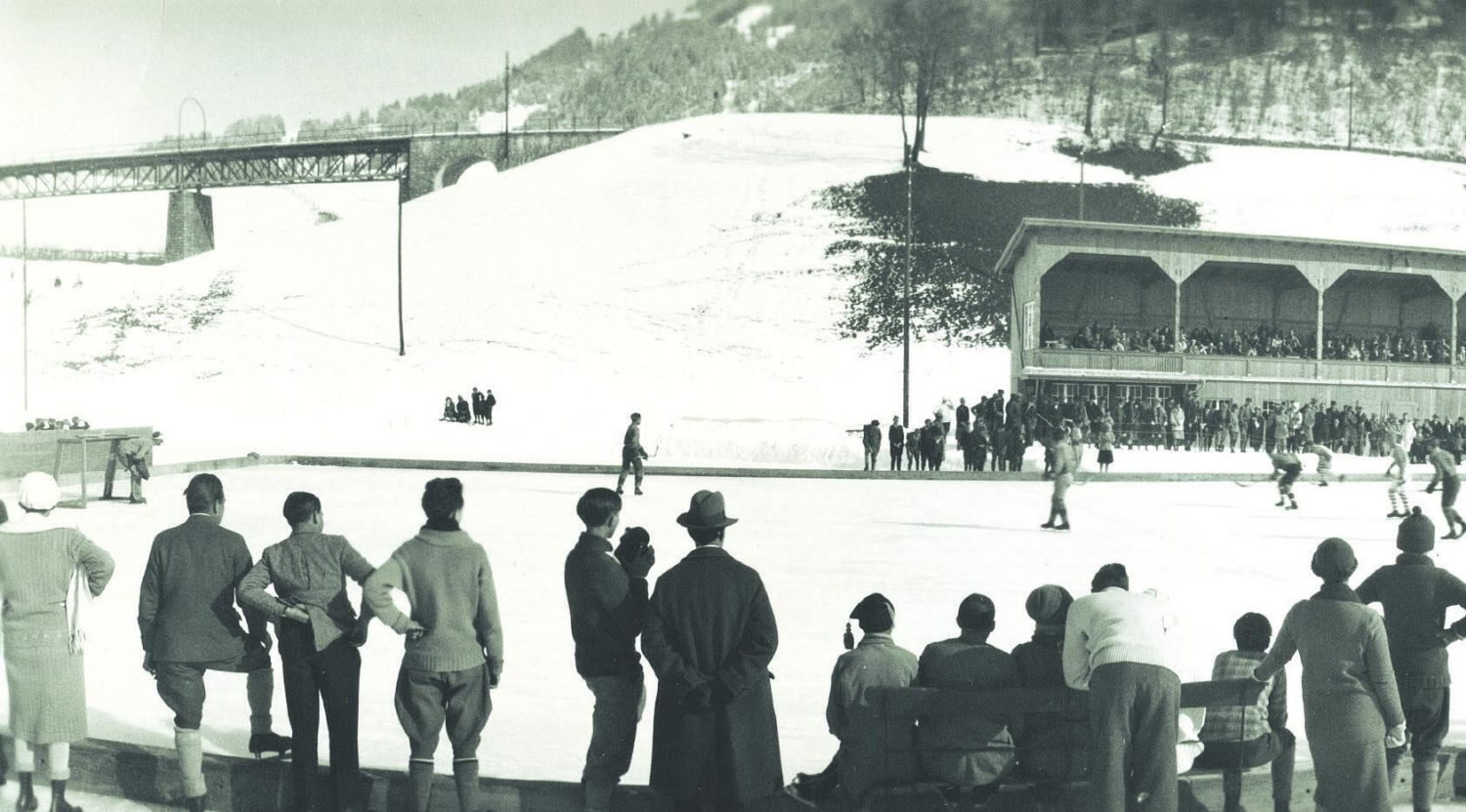Gstaad and Le Rosey - an inseparable history
12.01.2021 Gstaad LivingThe history of the boarding school Le Rosey and that of Gstaad have been closely linked for 104 years. In fact, it is mainly thanks to this institution that Gstaad has become the world-famous holiday resort it still is today.
A look back
The international boarding school Le Rosey was founded in 1880 in Rolle on Lake Geneva. In 1911, the owner at the time, Henri Carnal, was looking for a winter sports resort for the 30 or so students to escape the cold, foggy winter by the lakeside. Mrs Carnal travelled to Gstaad with a few students during the winter holidays and rented rooms in the Olden and Victoria hotels to find out if this could be a viable option.
Everybody was enthusiastic about Gstaad because the place offered a choice of new luxurious hotels, large ice rinks and several ski slopes. In addition, Gstaad could be reached effortlessly and in a short time by what was then Switzerland’s first electric railway. All advantages that the other resorts in western Switzerland and Valais, which were also tested, could not offer at the time.
Eventually, the Carnals decided to buy a house in Gstaad. Thus began the story of Gstaad and Le Rosey, which was to become a very successful one.
Fate was kind to Gstaad
Before Le Rosey definitely spent the winter in Gstaad, the owner Henri Carnal wanted to travel to the USA. He booked a trip on the maiden voyage of the Titanic in 1912. However, he fell ill with a severe middle ear infection a few days before departure and had to cancel the promising cruise. Fate was kind to Mr Carnal and Gstaad: if he had gone for the journey aboard the Titanic, the Rosey might never have come to Gstaad.
From boarding house to international campus
From 1916, the Carnal family rented the English Pension on the Ried, which had been built by Bernerhof hotelier Walter von Siebenthal. In 1919, after World War I, the Carnals bought the boarding house and renamed it Chalet Rex. Until World War II, the Carnals had two more chalets built on the Ried.
However, the war years also affected the Rosey. The number of students dropped to its historic low of 20, and Chalet Rex had to be rented out to the Swiss army for some time. After the war, the institute was sold to the long-time teachers Louis Johannot and Helen Schaub in 1948, since there was no successor within the Carnal family.
The new owners continued the Rosey in the spirit of the founding family. As the school was growing, they bought and built additional chalets. In 1970, for example, the old, disused Hotel Oldenhorn on the Oberbort was bought and used as a branch for girls (hence the name Chalet Firo, from “Filles Rosey”). Today, Le Rosey owns nine chalets on the Ried in Gstaad and five in Schönried.
The school has been owned by Anne and Philippe Gudin since 1984. In 2015, Christophe Gudin took over the management of the boarding school from his parents. In all these years, Le Rosey has remained loyal to Gstaad and the Saanenland.
World-class hockey
The history between Gstaad and Le Rosey is also unusual in sporting terms. Before skiing became more easily accessible, ice skating and especially ice hockey were the most popular winter sports in the region. Hockey was played on the Gstaad village ice rink as early as 1908. From 1917, the legendary ice hockey player from French-speaking Switzerland, Ernest Jacquet, who had been engaged by the Rosey as a sports teacher, played in the local ice hockey club. It was largely due to this personality that the club, from then on called Hockey Club Le Rosey Gstaad, delivered top performances. Between 1919 and 1928, the club won a total of eight (!) national championship titles. A feat that was unparalleled. In 1928, Club Le Rosey Gstaad was even considered the strongest club in Europe, and in the same year four of its players were represented in the national team at the Winter Olympics in St Moritz.
During these years, several young Gstaad players were allowed to join the club, for example the brothers Werner and Walter von Siebenthal from the Hotel Bernerhof, who became great players themselves. Werner was even called up to the Swiss national team, which he joined for 32 international matches, in 15 of which he acted as captain. The future Shah of Persia and Prince Rainier of Monaco were also enthusiastic hockey players during their school years at Le Rosey.
When Jacquet had to give up his beloved hockey game after a good twenty-five years, it got quieter around the Hockey Club Le Rosey Gstaad. Eventually, in 1934 a few people from Gstaad decided to found their own hockey club, the H C Gstaad. The extremely friendly relationship with the Hockey Club Le Rosey continued, however, and the two clubs repeatedly helped each other out with players. In the 1950/51 season, the club once more became Swiss Champion in the National League.
Ice hockey is still important to the Rosey today. In 1997, for example, the school made a major financial contribution to the construction of the artificial ice rink in the village. Since then, the students have been playing more hockey again. It is still at the top of the boarding school’s sports programme, right after skiing.
Without Le Rosey, Gstaad would not be what it is today
Thanks to the Institut Le Rosey and its connection to the local population, Gstaad has been able to build up an international clientele that has brought the village to fame throughout the world. Many former students who were able to spend a wonderful youth in our magnificent region later returned to Gstaad. They have always been welcome guests in the hotels or have built their own chalets and have also sent their children back to Le Rosey. Many families are already third- or even fourth-generation Rosey students!
Countless famous people went to school at Le Rosey. For example, the Spanish King Juan Carlos, the children of Diana Ross, Elisabeth Taylor, John Lennon and Audrey Hepburn, to name but a few. The students’ names are of course not published for reasons of discretion and security, but the children of many influential and famous families are still attending Le Rosey today.
The boarding school explicitly wants to preserve its European heritage and culture, which is why the body of students is not allowed to contain more than 10 per cent of students from any nation. About one third of the graduates make it to one of the top 25 universities in the world.
An important partner, now and in the future
History has shown that Gstaad and the Saanenland owe a great deal to Le Rosey and the families who attend it. Without them, our region would undoubtedly not be so well-known – and so frequently visited. The clientele that comes to our region as a result is the cornerstone of all the businesses based here, be they hotels, shops, construction companies or cable cars.
The boarding school has called Gstaad its winter home for an amazing 104 (!) years. This must and will remain so in the future. The municipality and the local population are keen to actively support the institute in its expansion plans for the renewal of its campus. This is the only way to ensure that the school and the families of its students will remain loyal to the region for many years to come.
BASED ON THE GSTAAD BOOKS BY GOTTFRIED VON SIEBENTHAL-IMHOF
GERMAN TEXT EDITED BY ANDREA VON SIEBENTHAL
PHOTOGRAPHS: VILLIGER AND NAEGELI





